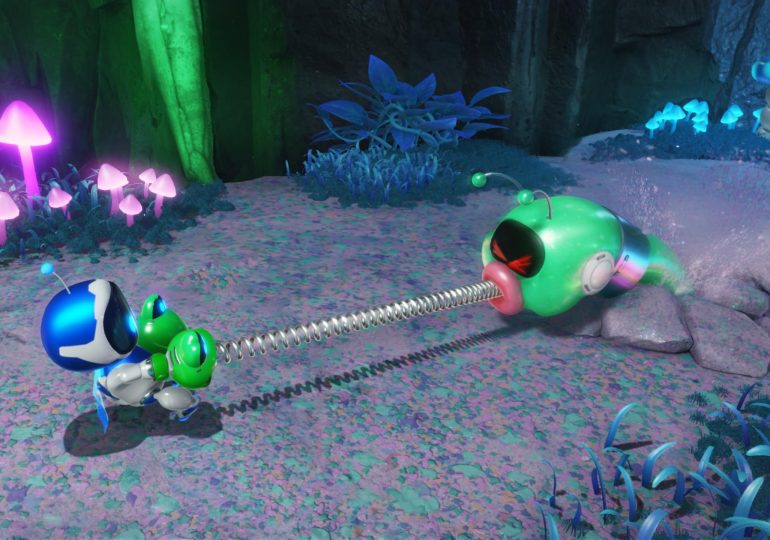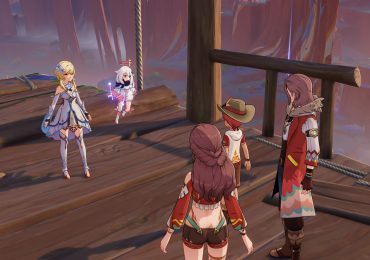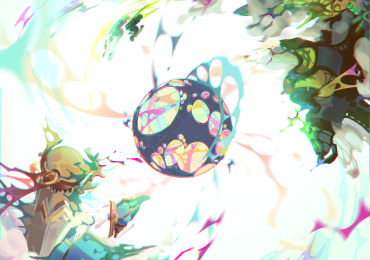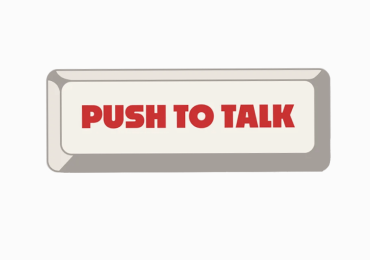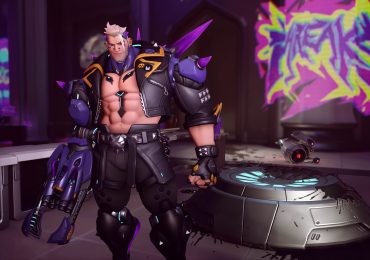Sony’s DualSense controller still has the ability to surprise players with its technology, namely its adaptive triggers and haptic feedback. PlayStation 5 games like Housemarque’s Returnal, Insomniac’s Spider-Man games, and Bluepoint’s Demon’s Souls remake show that, when properly implemented, the DualSense’s detailed force feedback mechanics can be additive and immersive.
But when the DualSense’s features are implemented haphazardly, or out of obligation, they can feel straight-up bad. Nine times out of 10, if I’m playing a shooter or action game on my PS5, one of the first things I’ll do is turn off the adaptive triggers — I don’t want chunky resistance when I’m trying to carefully fire headshots against some video game foe.
Then there’s Astro’s Playroom, developer Team Asobi’s excellent launch title for the PS5, which served as an audiovisual and tactile showcase for Sony’s current-gen system when it launched in 2020. Next month’s Astro Bot, born out of widespread acclaim for Playroom, looks to one-up that game thanks to Team Asobi’s experience studying and prototyping new mechanics using the DualSense controller.
I played a demo of Astro Bot in July and walked away incredibly impressed by how the game felt: Astro Bot plays like you’re holding an interactive toy in your hands. When jumping on a DualSense-shaped spaceship in-game, you can feel its jet thrusters fire as if you were holding on to the ship’s yoke. When Astro gets equipped with spring-loaded boxing gloves (that look like adorable little toy frogs), every component of those springy, clicky weapons vibrates the controller realistically.
Team Asobi has proven to be really, really good at this. Studio head Nicolas Doucet explained in an interview back in 2020 that the developers of Astro’s Playroom and Astro Bot worked closely with the engineering group that was originally developing the DualSense.
“We have this old relationship of collaboration with the team” that came up with the controller’s mechanical features, Doucet told Engadget on the outlet’s podcast. “Of course, they have a good hunch for what might be a good feature in games, but their core discipline is mechanical engineering.” It fell to Doucet’s team to prove the PlayStation engineering team’s concepts.
Doucet said that his software team would take in-development controller prototypes and rapidly prototype dozens of game demos. They would simulate the feeling of firing a gun or a flamethrower using the unfinished controller’s adaptive triggers. They toyed with the haptic feedback system by simulating what it would feel like for a game character to walk on sand, stone, or water. Doucet’s team would take those small game demos back to show the hardware engineering team, who would in turn reconfigure the placement of motors to fine-tune the force feedback sensations.
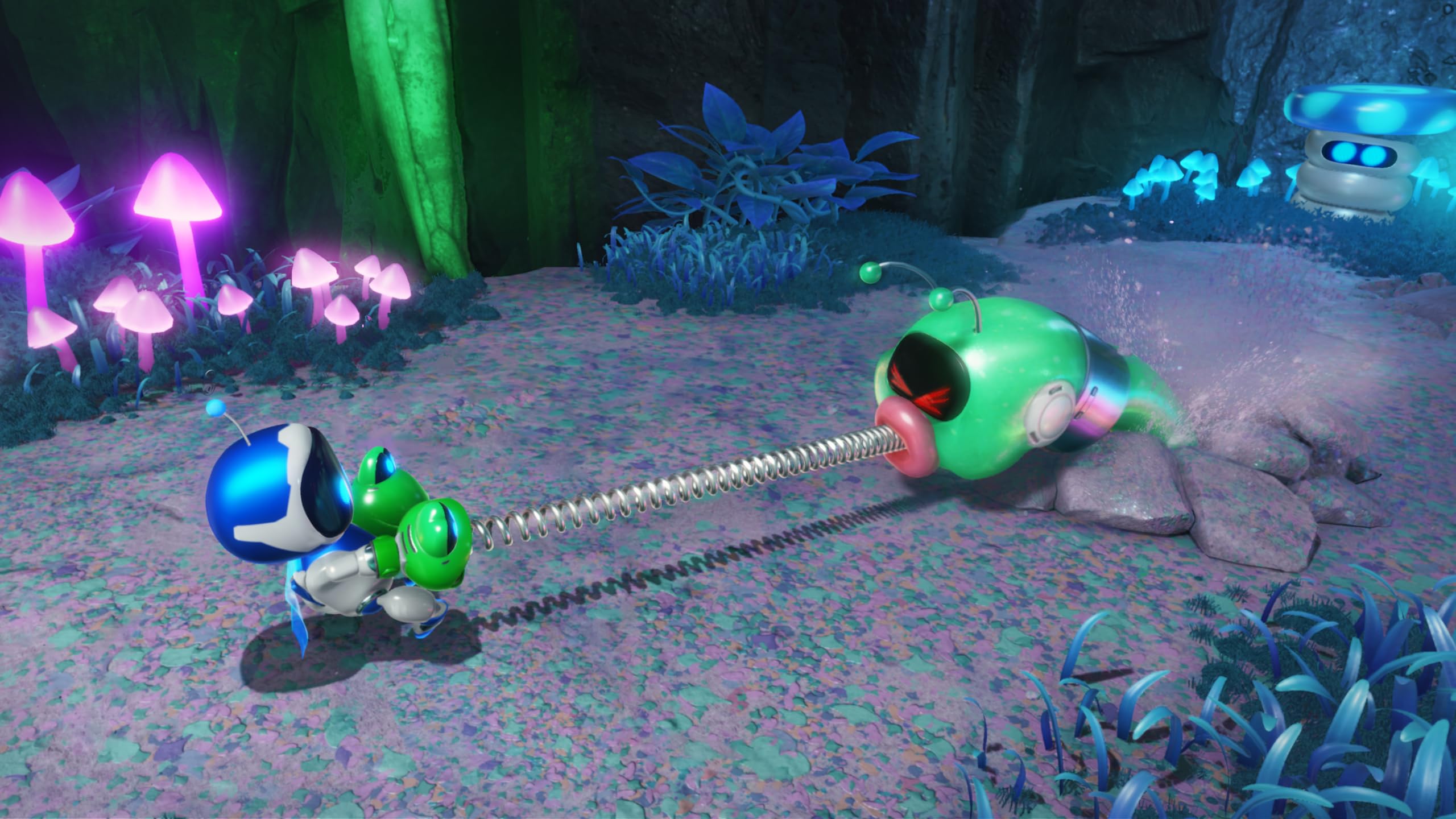
For this year’s Astro Bot, Doucet said Team Asobi went back to the prototyping stage again, dedicating a small team within the studio to develop new techniques to use the DualSense. He told PushSquare in June, “We spend a lot of time prototyping game mechanics in an isolated form, and then later we think about how we can stitch them together in a way that makes sense. We had three or four people break away from the team, and we nicknamed that team DualSense 2.0.”
That helps explain why Astro Bot and its forebears feel so good: Team Asobi was influential on the design of the DualSense hardware, and vice versa. And it hasn’t rested on its laurels, revisiting the PS5 controller in the years since to generate new ideas, helping to make Astro’s next outing feel like a fresh new adventure.
One of Astro’s new abilities in Astro Bot — the ability to grow to giant size and shrink back to normal — was born out of a new DualSense technique devised by Team Asobi. Doucet told Eurogamer that the “DualSense 2.0” team had created a demo “where it was just a big sponge, where you can put water [in it], and then, using the adaptive trigger, you can kind of squeeze water out of it.” The DualSense can convey the feeling of the Astro Bot sponge being waterlogged and heavy, or dry and airy.
“We’d never have had the idea of turning Astro into a sponge,” Doucet explained, saying that the sponge experiment ultimately inspired a new game mechanic. The team also built in new force feedback techniques for surfaces, which range from smooth to rough. In Astro Bot, players can rub up against walls to feel textural differences, which might help them find a secret passageway.
In other words, make sure your controller vibration settings are on when Astro Bot comes to PlayStation 5 exclusively on Sept. 6. Fittingly, the game is getting its own special DualSense controller to go with it.
